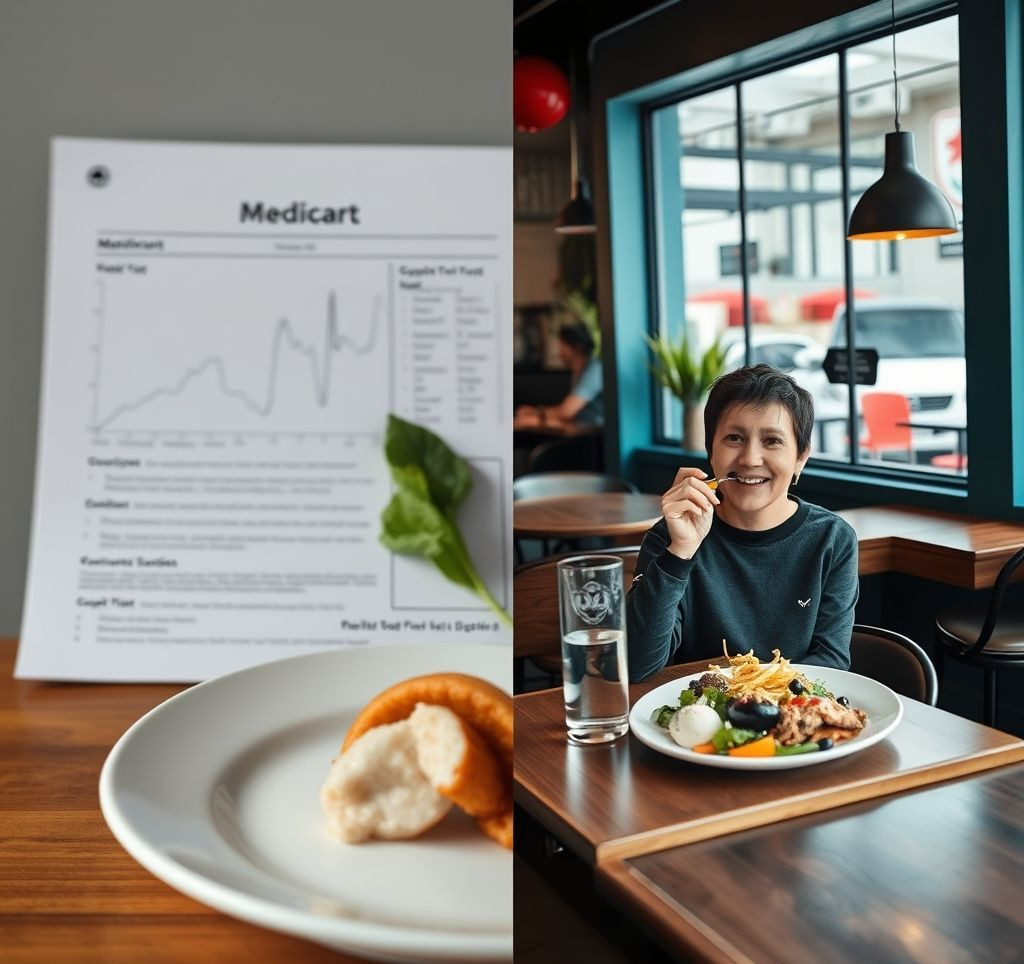Understanding the Nuances of Gluten Free Diets: Celiac vs. Lifestyle Choices
Embarking on a journey with gluten free diets can be a complex yet rewarding decision for many. The term “gluten free” is increasingly prevalent in our food landscape, but not all gluten free diets are created equal, nor are they followed for the same reasons. Understanding the critical differences between following a gluten free diet out of medical necessity, such as for celiac disease, and adopting one as a lifestyle choice for general wellness is paramount for making informed health decisions. This article will explore these distinctions, helping you navigate the diverse world of gluten free living.
Why This Concept is Crucial for Your Health
Adopting gluten free diets, whether for medical reasons or as a personal choice, can impact your overall well-being in significant ways. Understanding the “why” behind your dietary choices is essential for long-term adherence and maximizing potential benefits.
- Medical Necessity: For individuals with celiac disease, a gluten free diet is the only effective treatment. Gluten triggers an autoimmune response that damages the small intestine, leading to a range of debilitating symptoms and malabsorption issues. Strict adherence to gluten free diets prevents this damage, allowing the body to heal and function optimally.
- Non-Celiac Gluten Sensitivity (NCGS): Some individuals experience adverse reactions to gluten without having celiac disease or a wheat allergy. For these people, gluten free diets can alleviate symptoms such as bloating, abdominal pain, fatigue, and headaches.
- Personal Wellness and Lifestyle: Many individuals choose gluten free diets as part of a broader approach to healthy eating, believing it can aid in weight management, improve energy levels, or reduce inflammation. While this is a valid personal choice, it’s important to acknowledge that it’s not a medically mandated approach for most.
- Informed Food Choices: Understanding these distinctions empowers you to make informed decisions when selecting food products and to communicate your dietary needs effectively, whether at home or when dining out.
Core Principles of Gluten Free Diets
At its heart, a gluten free diet means eliminating all foods containing gluten, a protein found in wheat, barley, and rye. However, the rigor and implications of this elimination vary depending on the reason for adoption.
The primary goal of any gluten free diet is to avoid gluten-containing grains. This means steering clear of:
- Wheat (including varieties like spelt, kamut, farro, durum, and semolina)
- Barley
- Rye
Naturally gluten-free grains and alternatives include rice, corn, quinoa, buckwheat, millet, sorghum, amaranth, and oats (certified gluten-free to avoid cross-contamination). Many processed foods, sauces, and even some medications can contain hidden gluten, making label reading a critical skill for everyone following gluten free diets.
“The gluten-free diet is essential for individuals with celiac disease, but for others, it should be approached with a balanced understanding of nutrition and individual needs.” – Dr. Anya Sharma, Nutritional Scientist
A Step-by-Step Guide to Navigating Gluten Free Diets
Regardless of your motivation, transitioning to gluten free diets involves several key steps. For those with celiac disease, this transition is medically critical.
Step 1: Accurate Diagnosis (If Applicable)
If you suspect you react nega
tively to gluten, consult a healthcare professional for proper testing before eliminating gluten from your diet. Testing for celiac disease requires that gluten is still part of your current intake. Incorrect self-diagnosis can lead to unnecessary dietary restrictions and potential nutrient deficiencies.Step 2: Understand Your Gluten-Free Needs
For celiac patients, the need is absolute. Every meal, snack, and stray ingredient must be screened for gluten. Cross-contamination is a significant concern, requiring careful kitchen practices and awareness when eating away from home.
Step 3: Educate Yourself on Gluten-Containing Foods
Become familiar with common sources of gluten: bread, pasta, crackers, most baked goods, cereals, beer, and many processed foods as thickeners or flavorings.
Step 4: Discover Naturally Gluten-Free Foods
Embrace a diet rich in fruits, vegetables, lean proteins, dairy products (if tolerated), and naturally gluten-free grains like rice, corn, quinoa, and oats (certified gluten-free).
Step 5: Read Labels Meticulously
Look for “gluten-free” certifications and carefully scan ingredient lists to identify wheat, barley, rye, malt, and other hidden sources.
Expert Tips & Best Practices for Gluten Free Diets
Successfully adhering to gluten free diets involves more than just avoiding bread. Here are some expert insights.
- Focus on Whole Foods: Base your diet around naturally gluten-free foods. This ensures a balanced intake of nutrients and reduces reliance on processed gluten-free substitutes, which can sometimes be lower in fiber and higher in sugar.
- Beware of Gluten-Free “Junk Food”: Many gluten-free snacks and treats are available, but they may not be healthier alternatives. Prioritize nutrient-dense options.
- Manage Potential Nutrient Deficiencies: Gluten-free diets, especially for celiac patients, can sometimes be low in fiber, iron, B vitamins, and calcium. Consider fortified foods or discuss supplements with a healthcare provider.
- Prevent Cross-Contamination: If living with celiac disease or severe NCGS, dedicate separate toasters and cutting boards, and thoroughly clean surfaces and utensils.
- Stay Hydrated: Adequate water intake is always important, particularly when increasing fiber intake from new sources.
- Seek Support: Connect with support groups or registered dietitians who specialize in gluten free diets. They can provide invaluable advice and resources.
Navigating the landscape of gluten free diets requires awareness, education, and often, medical guidance. Whether driven by a diagnosis or a personal wellness journey, understanding the distinct pathways to a gluten-free lifestyle is key to achieving your health goals safely and effectively.



















